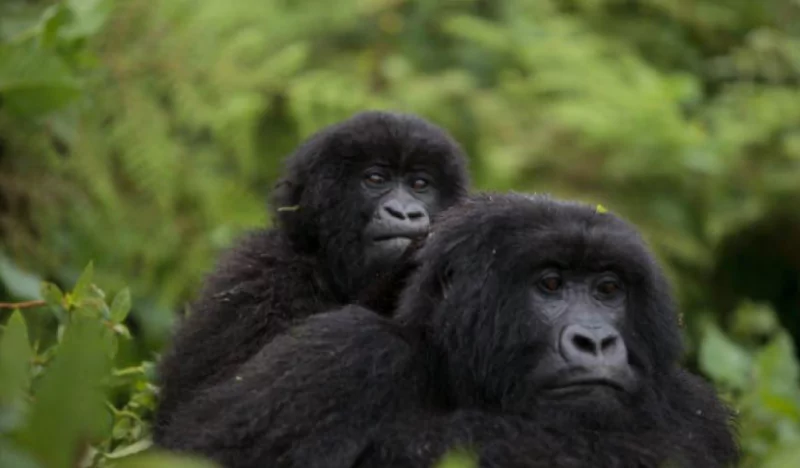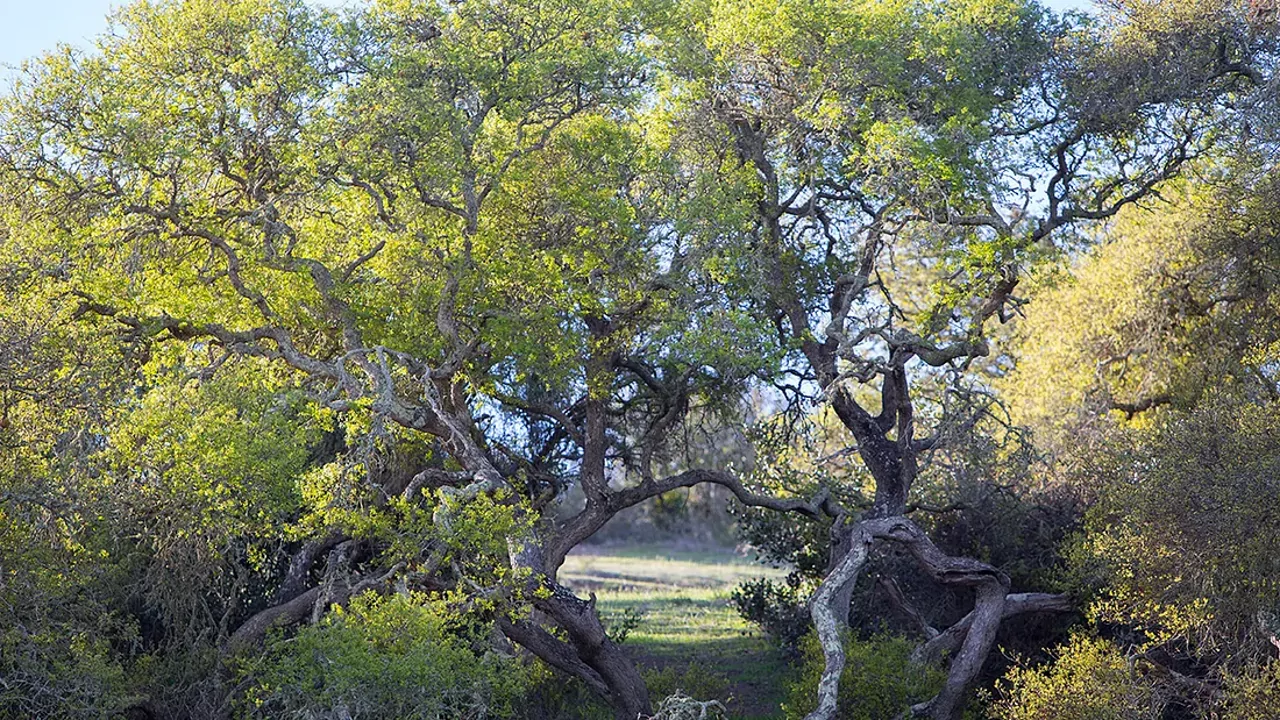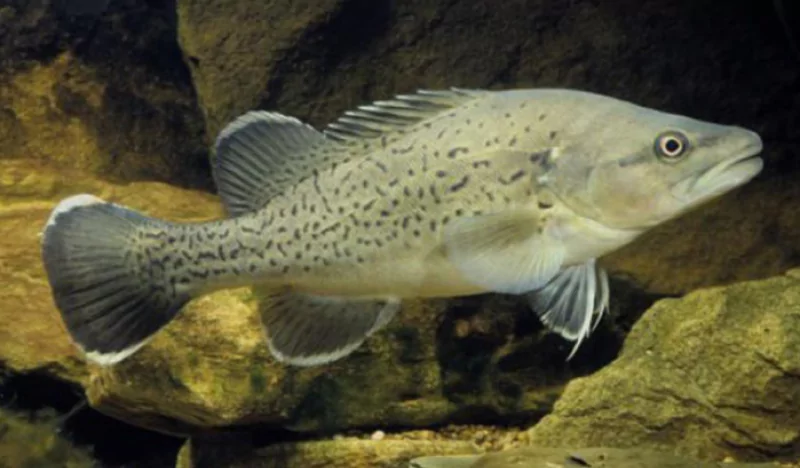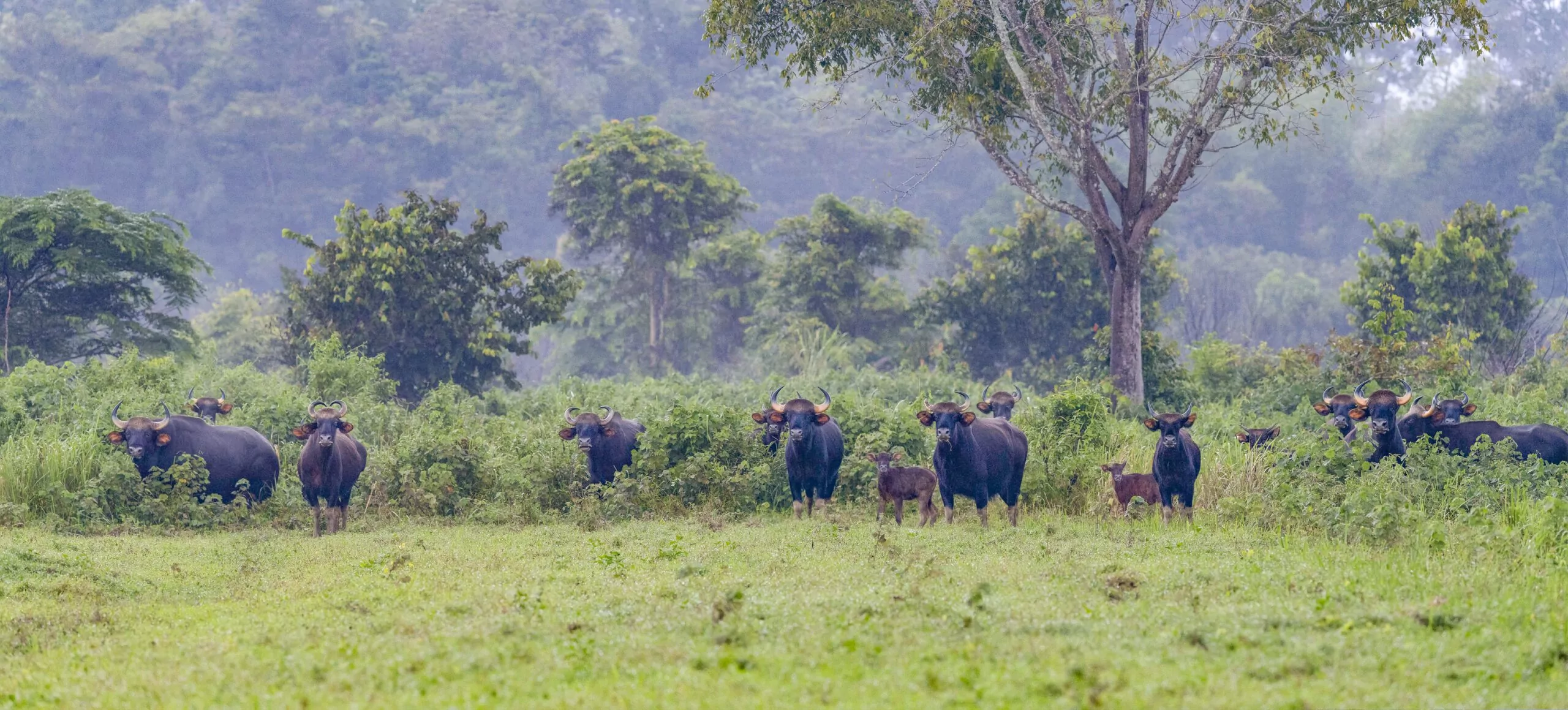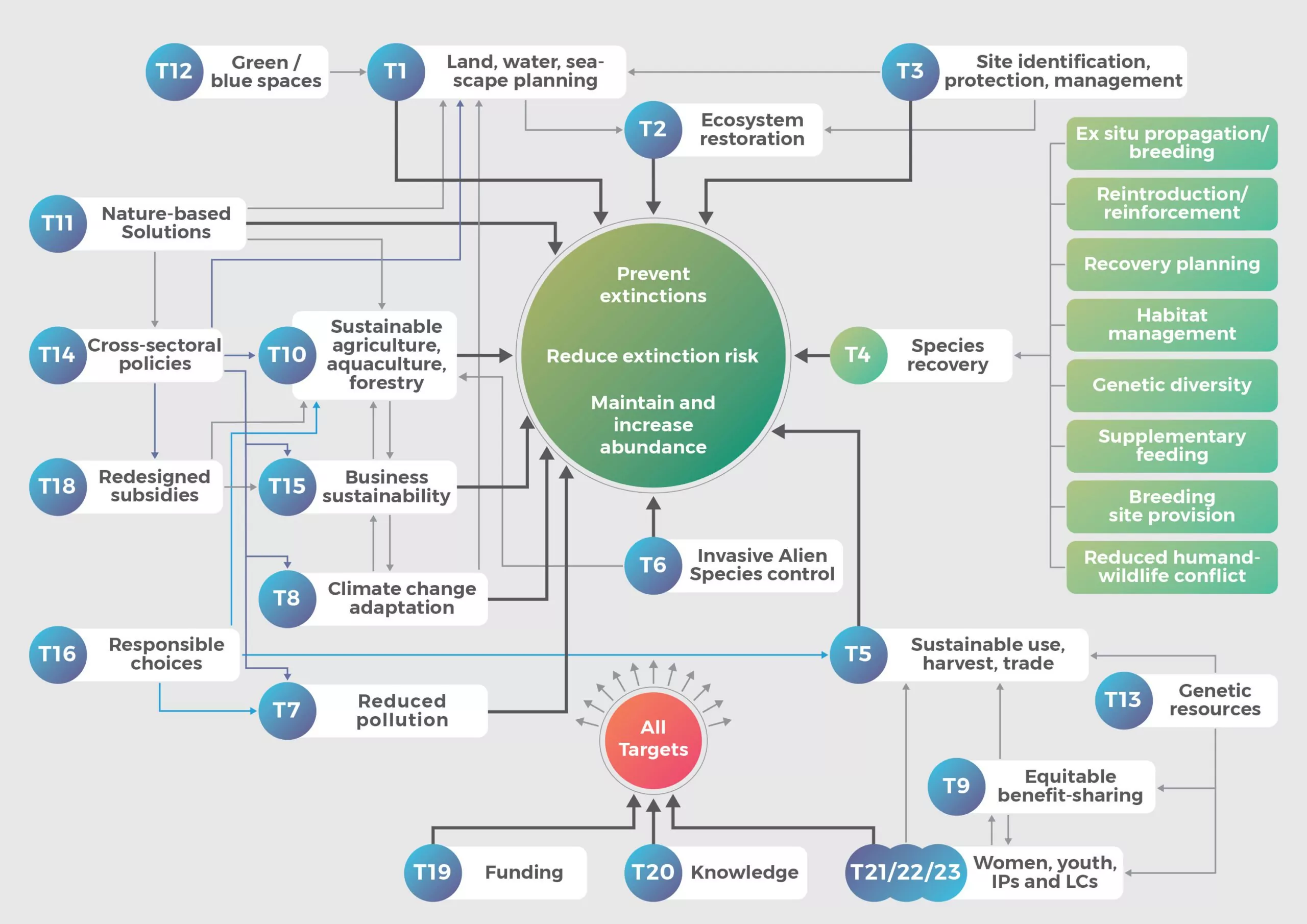Delivery of the GSAP – and the Kunming-Montreal GBF as a whole – involves interventions taken at global, regional, national, and local levels. Establishing effective linkages and coordination between these levels, and maximum synergies between all actors, will be crucial to ensuring smooth transitions from global policy, through to assessment, planning, and effective action on the ground and in the water.
National governments and their partners will have a leading role in delivering species conservation outcomes through their National Biodiversity Strategies and Action Plans (NBSAPs), national species conservation programmes, legislative frameworks, budgetary allocations, and other mechanisms. Actions at global and regional levels are also needed to formulate policies, strategies, standards, and guidelines, maintain open-access biodiversity databases, and address supranational threats.
The international community should be ready to provide necessary funding while the species conservation community can accelerate impact by providing technical support and sharing experience and expertise.
IUCN, its many Members that have collaborated closely in the development of the GSAP, its Species Survival Commission, specialist groups, and the Reverse the Red partnership, along with other Commissions, stand ready to provide technical support in collaboration with the biodiversity-related conventions and governments to implement the GSAP.


